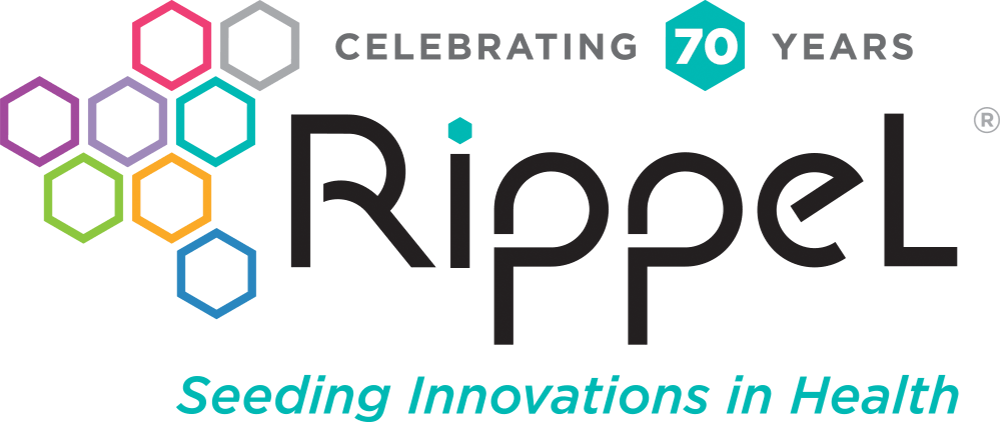The Stew BLOG
Mini Municipal Bonds: Putting the Public Back into Public Financing
Many of us may be familiar with savings bonds–bonds issued by the U.S. Treasury Department to help pay government debt. Among other things, these were used to finance the second World War. I received them as the world’s most boring birthday gift during my childhood, but eventually they helped me pay for some of my college expenses (and for that I’m most grateful). Savings bond investors receive fixed interest payments over a fixed period of time from the U.S. Government. Municipal bonds fall into the same category–they are debt securities issued by states, cities, counties, and other government entities, used primarily to finance capital projects.
Municipal bonds have long been a way for municipalities to work with the public to raise the capital needed to complete projects that are vital to the prosperity and healthy functioning of cities and towns. The first recorded U.S municipal bond was issued in 1812 in New York City, to construct a canal. Five years later, municipal bonds funded the construction of the Erie Canal, remarkably changing the trade and transportation infrastructure as well as the economy of New York.
In the 1930s, San Francisco’s iconic Golden Gate Bridge was financed with municipal bonds. In fact, the $35 million bond issue for the bridge was voted on by residents and was backed by residents’ homes, farms, and businesses! Real public finance in action. The bonds were paid back in full in 1971 from the toll revenue. Bondholders received $39 million in interest on top of the $35 million principal. I’m not a professional investor but that sounds like quite a success.
Fast forward years after the Erie Canal and the Golden Gate Bridge, however, and the people have been removed from what once was a very public financing structure. Back in the 19th and early 20th centuries, municipal bonds used to be affordable and were purchased by people who directly benefited from the infrastructure (e.g. locals investing in the Golden Gate who would benefit from faster travel and commerce). The municipal bond market is regulated today in ways that effectively exclude small investors. Minimum denomination regulation results in most municipal bonds being purchased by professional buyers and it’s hard to find a single municipal bond for less than $5,000. Even one $5,000 bond is well out of reach for the average American, so how can this public financing structure be truly available to the American public?
Two U.S. cities are leading the charge in engaging their communities in public finance–Denver, CO & Cambridge, MA. The cities offer “mini-bonds,” which are municipal bonds in smaller, more affordable increments. These general obligation bonds are only available to residents of the community (“general obligation” means bondholders will be repaid with tax revenues). The mini-bonds have no fees for residents and there’s no confusing Wall Street jargon associated with them. They allow the community members to have a financial stake in the future well-being of their cities while seeing both a personal financial return and a local, built environment return on the investment. Projects that could be covered under these bonds include: school renovations, parks & recreation, cultural and arts preservation, libraries, bike paths and pedestrian ways, and the like.
The big news? For projects like these, mini-bonds are selling out fast in both cities. Denver allocated $550 million to back minibonds in 2007, and determined that the projects financed by such bonds would be voted on by Denver residents. The ‘Better Denver’ bonds were issued in various increments between 2007 and 2014 to accommodate the program’s financing needs. The fifth issuance in 2014 sold $12 million to 749 residents in under ONE HOUR! That’s a pretty impressive demand for local financing.
The Cambridge mini-bond program is in a nascent stage, but sold out of $2 million in mini-bonds to over 230 residents in one week this February—not bad for a pilot. With the maximum allowed investment at $20,000, the mean came in at $8,000—hopefully an indication that various income brackets are represented (demographics were collected but not yet available–stay tuned).
So, what could all this interest in mini-bonds mean for the future of public financing?
First, these two highly visible U.S. cities are placing a value on giving residents the opportunity to invest in their own communities. Cambridge allocated $60 million this year to back commercial municipal bonds and $2 million to back mini-bonds. But, the city could have opted to sell all $62 million in commercial bonds. I wanted to know what was in it for Cambridge to sell these mini-bonds. Through a conversation with two City of Cambridge budget analysts, I found out that the primary motive for selling these mini-bonds was increased community and civic engagement.
The city had some understandable concerns about risk and cost vs. benefit. For example, the mini-bonds program would add work for the budget department. But in Cambridge, these concerns were alleviated when Neighborly, a San Francisco-based company that describes itself as ‘the next generation of public financing,’ approached Cambridge about mini-bonds and offered to handle much of the process. The company did not charge the city any transaction fees for being a pilot city (it will in the future, but this made the risk more bearable when there wasn’t yet an indication that demand would be so high). In the end, the city didn’t have much to lose and placed enough value on its potential gains—engagement—to agree to the idea and move forward.
Second, early evidence suggests that cities interested in experimenting with mini-bonds can anticipate that residents will be willing to invest–not just for personal gain, but for the community’s gain. In the late 1800s and early 1900s, municipal bonds helped grow the economy by enhancing trade (canals, bridges, railroads) and creating jobs. This likely improved the lives of individuals and communities, who were the investors of the bonds. In the 21st century, we have moved beyond the basic investments–the low-hanging fruit–that will obviously enhance economies and productivity (not to say that our railroads and bridges don’t need upkeep!). Today, people choose to invest in mini-bonds over traditional corporate bonds or the stocks for a few reasons. For starters, mini-bonds are low risk (backed by taxes), tax-exempt, and more affordable than commercial bonds.
According to Cambridge budget staff, it seems that residents’ interest in purchasing mini-bonds was in part due to desire to address social needs. The city fielded calls from prospective resident-investors who wondered if the city was selling the bonds to fill a gap in the budget. Specifically, some wanted to know if money was needed to protect and support the immigrants in the community given the current political climate. This is an interesting and hopeful indication that community members value making investments that benefit their fellow neighbors and not just their bank accounts.
Third, when residents’ money is invested in mini-bonds, the returns have the potential to stay local. Cambridge has sold $2 million in mini-bonds, which puts interest payments straight into the pockets of residents. If some of the interest from these bonds makes its way back into the local economy through residents shopping at local businesses, there is the potential for the local multiplier effect, which could create a ripple effect of local spending and local re-investment. There are many questions we could begin to ask ourselves if cities decide to create these closed financial loops. For example, what would happen if residents contributed part of the bond interest into a community innovation fund? The Democracy Collaborative is also looking at innovative financing of municipalities and what new ideas are possible from age-old financing mechanisms.
If more cities adopt the idea of mini-bonds and demonstrate success, will there be a shift from commercial bonds back to public, community-level bonds? Time will tell. In the meantime, we’re keeping an eye on how cities are engaging the public in financing structures (including London and their appetizing burrito bonds) and how communities are changing the way they steward their local resources to promote prosperous, productive, and healthy cities.
Tell us what you think about the potential for mini-municipal bonds in your community. I’d love to hear from you in the comments section below or via email at [email protected].

